Image
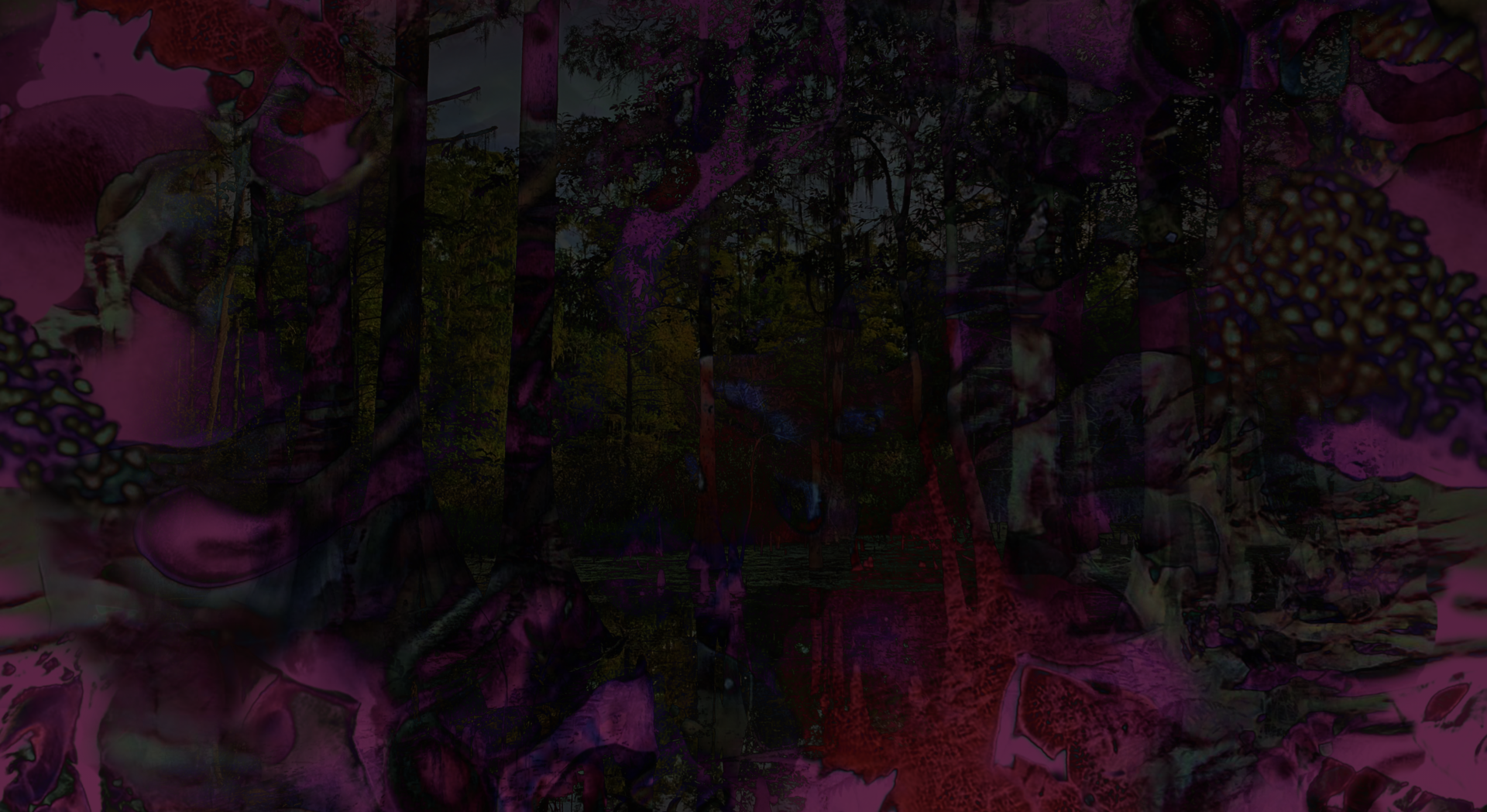
Image
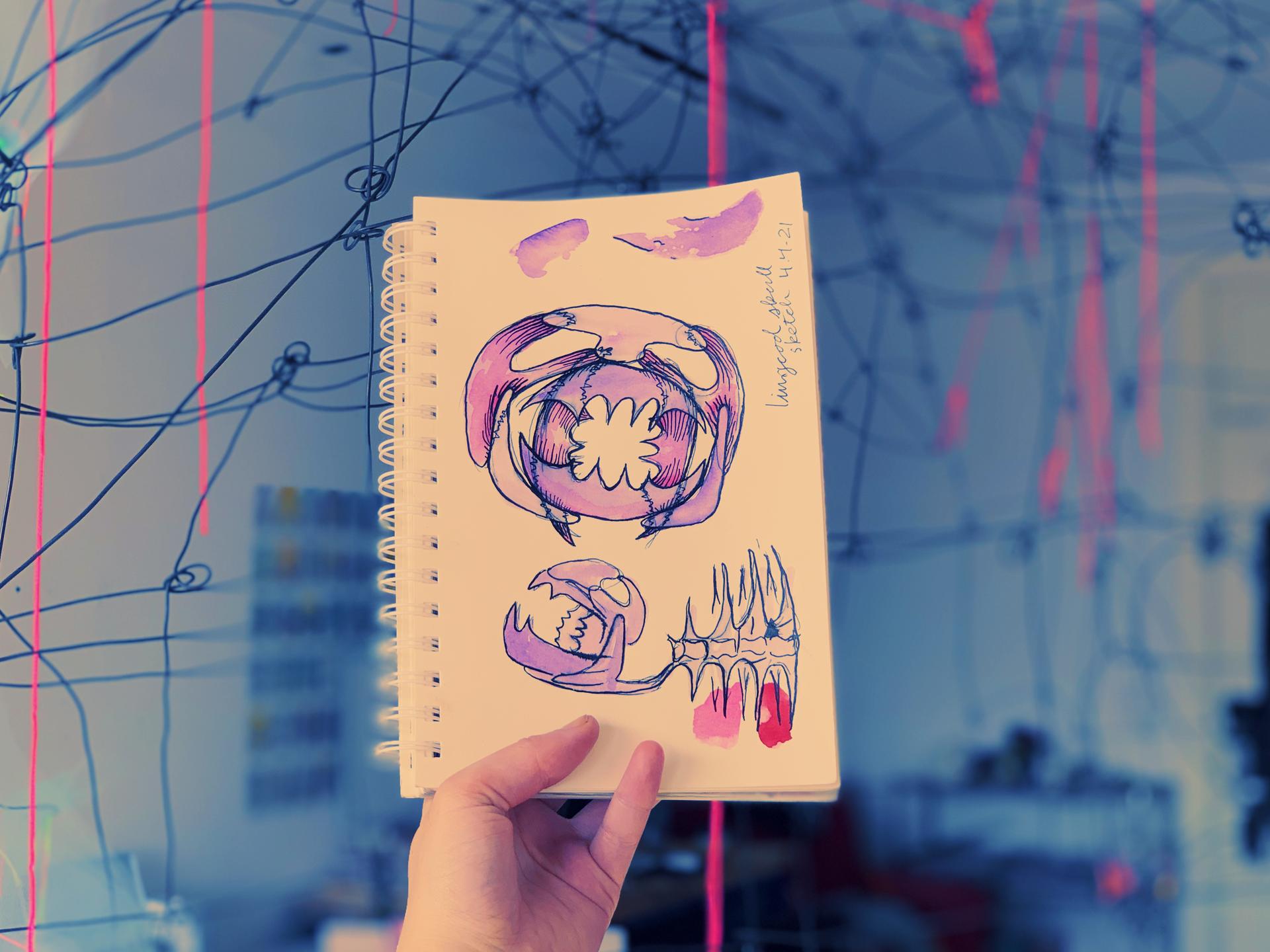
Image
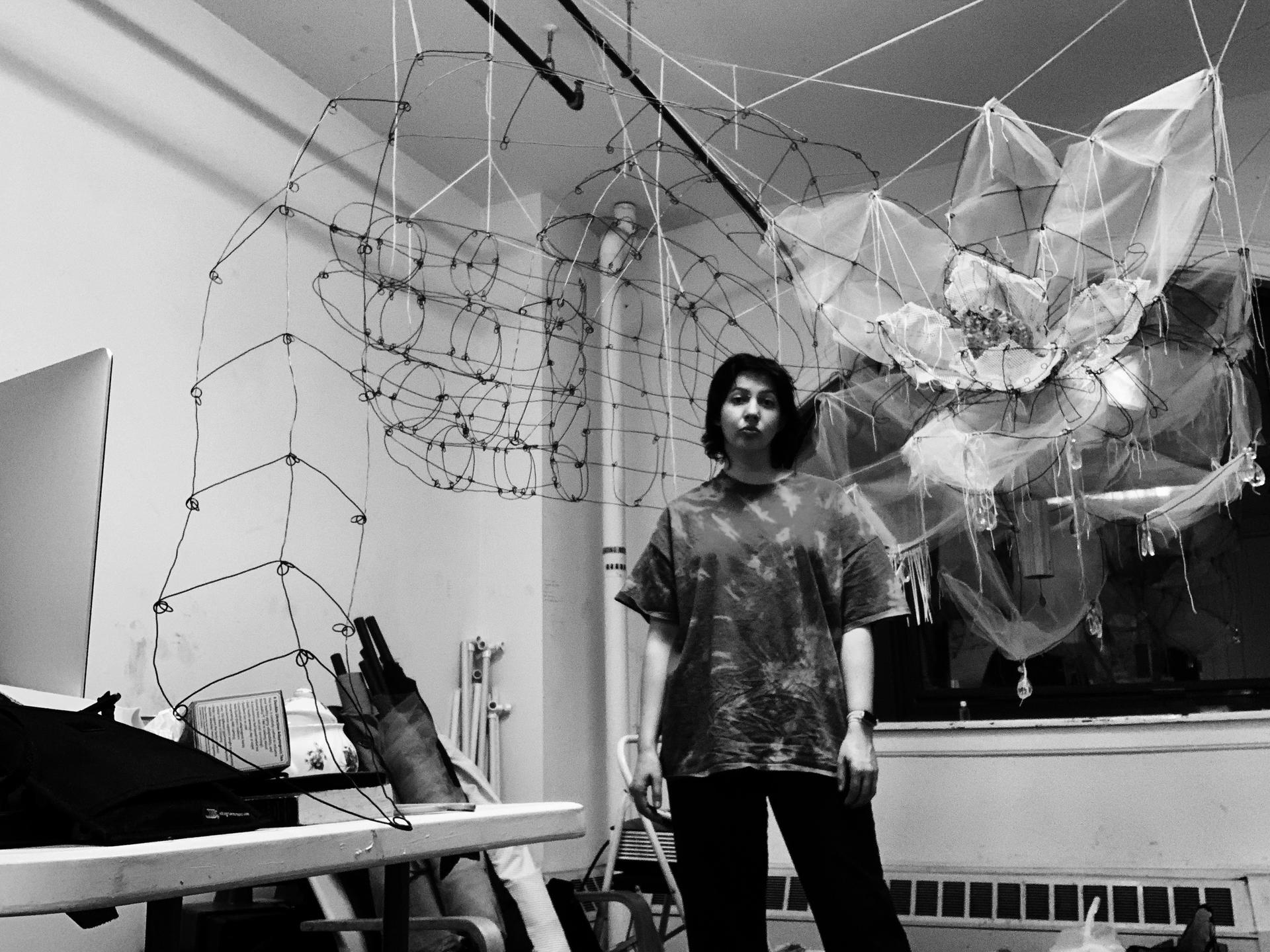
Image
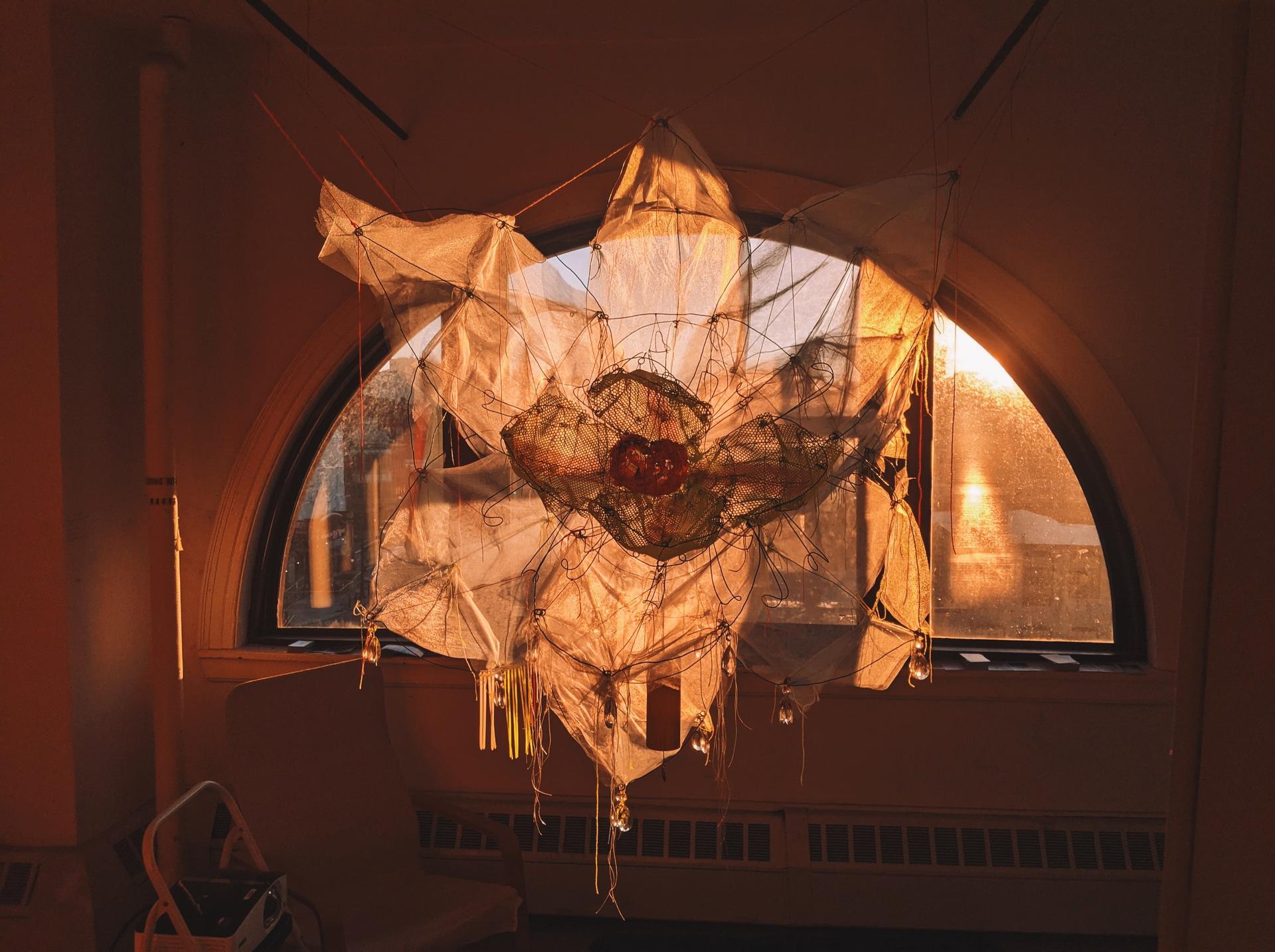
Image

Image
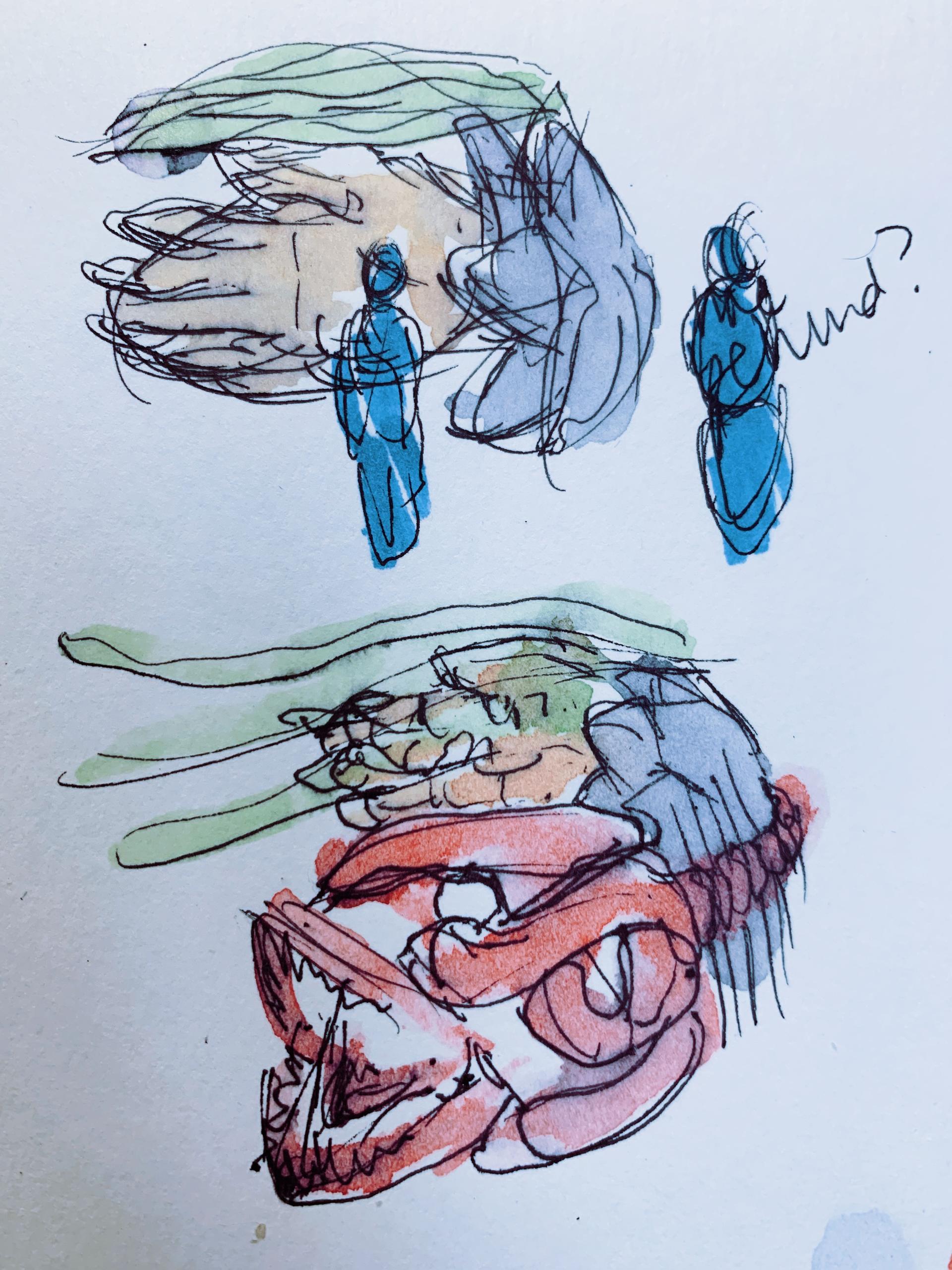
Image

Image

Image
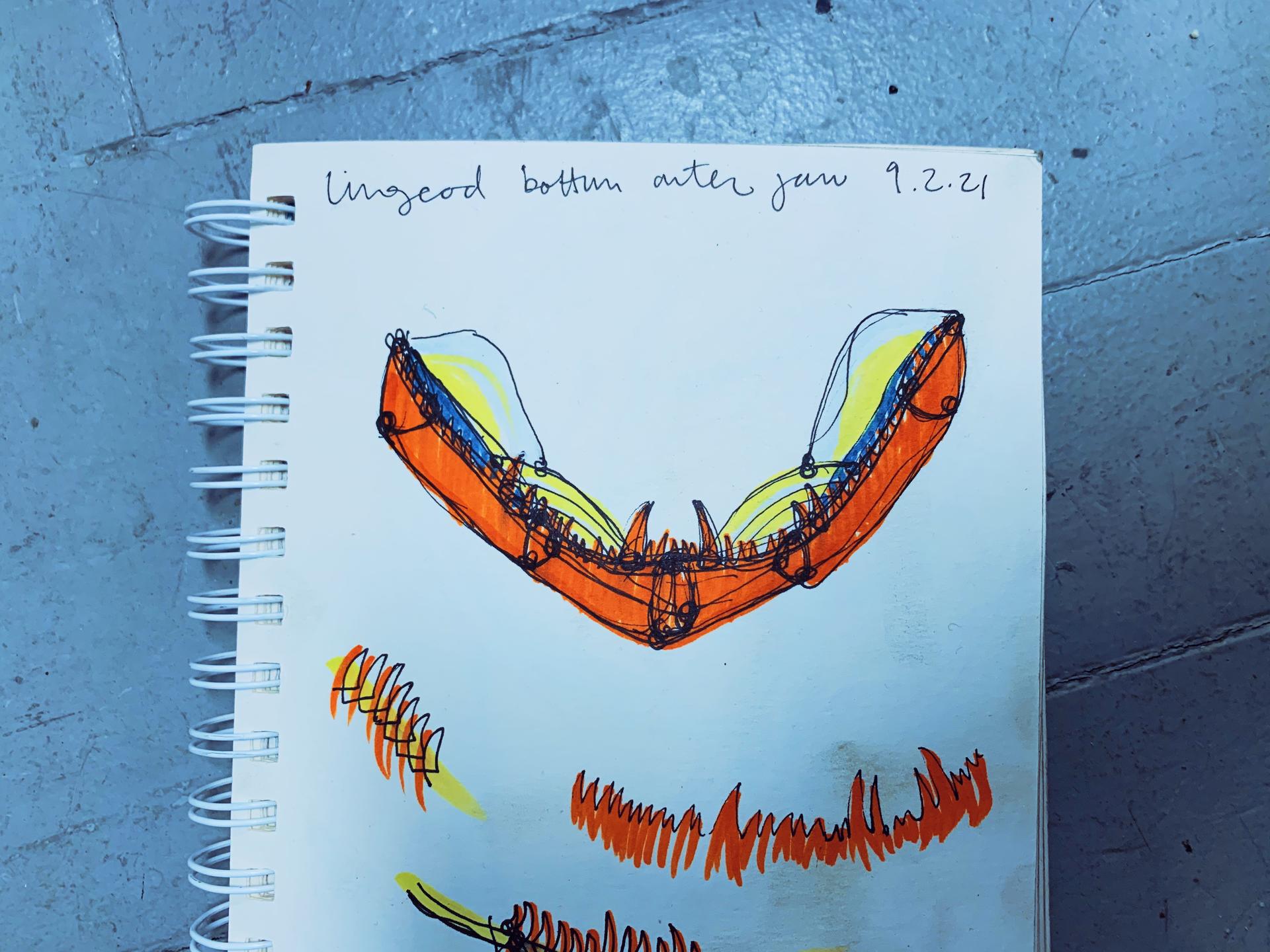
“Decomposition is not a solitary act. Disintegration of a corpse is collaborative. Some of it is eaten by carrion birds, bones might be ground down into sand, flesh ends up in the dogs’ fur and in divots within soles of shoes. The water evaporates from the body, liquid returning to the air or draining back into the ocean. Oneness is visible in blending anatomy with landscape, flesh turning to energy within a digestive tract.”
Image

ABSTRACT
Using tarot and machine learning, I actively de-compose the narrative of four disintegrating sites — a conservation cemetery in North-Central Florida, my Dad’s house in California, an abandoned parking lot near my apartment in Providence, RI, and myself as an inherently mortal human.
Rather than a tool for prediction, I see tarot as a system of decay — breaking down human experiences into archetypes to allow presence with our existence.
What happens when we look at other predictive technologies, such as machine learning, as means of breaking apart our reality too? When talking about science fiction or speculative fiction, a repeated idea is that these stories are not about the future but about the present. Instead of perpetuating current biases through adhering to technological predictions, maybe we could more deeply recognize our flawed ideologies — and actively decay them.
I’m imagining a world where instead of creating institutions that we work to immortalize (at the expense of the humans and other beings who have to exist within them), we create systems-of-care that are built with their own dissolution in mind — Decomposition built in so new life can grow, so mutual thriving can evolve.
